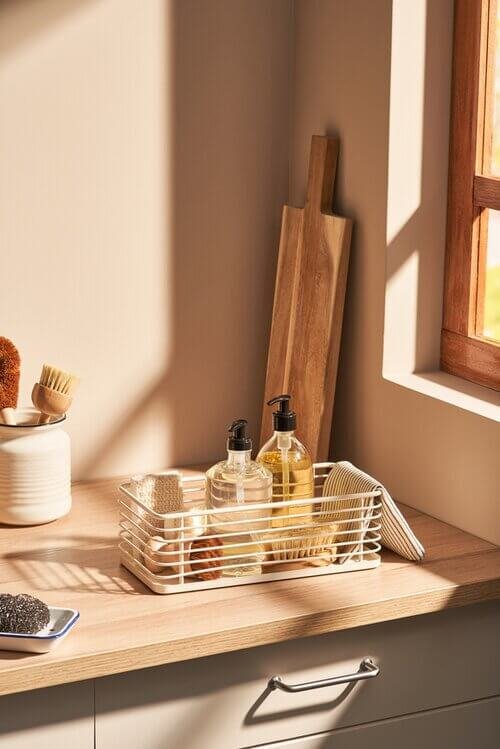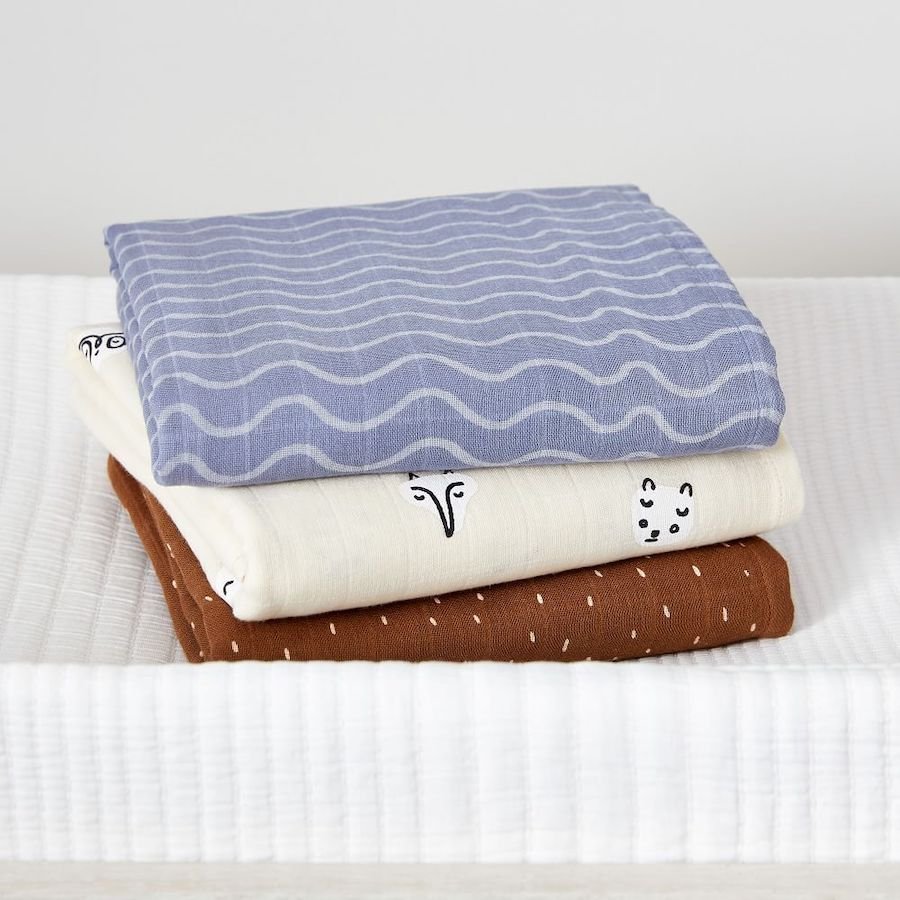
How To Have A Baby On A Budget
Low Waste & Budget-Friendly Parenting
When my daughter was born, my husband and I saw our income drop for reasons we could never have predicted. We were both extremely busy with work, and suddenly, time and money were both in short supply.
I felt overwhelmed at times by all the advice and lists about all the things I needed to get for our baby. Some, of course, were non-negotiable. A car seat was one, since I would be driving my daughter from our rural home to doctor’s appointments, daycare, and just about everywhere else. That was a big, expensive hunk of plastic—neither low-cost nor low waste.
But I soon found that the things my daughter truly needed were actually fairly simple. She didn’t need an expensive wipes warmer or whatever toy was trendy when she was born. Beyond basic necessities, I found a lot of wiggle room. And as she’s grown older, I’ve been able to show her the value in being thoughtful about how we spend our money and what we want in our lives.
With some creative thinking, and a fair amount of planning, here’s how we’ve made it work:
1. Shop Secondhand First
“I had always enjoyed going to thrift stores and garage sales, but when our budget got tight, it became a necessity, not a hobby.”
The most meaningful way I created a low-waste, low-cost home was by embracing the motto “secondhand first.” I had always enjoyed going to thrift stores and garage sales, but when our budget got tight, it became a necessity, not a hobby. This small shift in mindset made a big difference in our bottom line, and our carbon footprint.
Since then, I’ve been amazed at how often I can find what I need for my daughter by shopping secondhand. Sure, it takes some patience, planning, and also an open mind, but it’s worth it.
I can scoop up kids’ clothing by the bagful at rummage sales or my local consignment stores’ end-of-season sales. “Buying ahead” also saves me from making fast-fashion impulse buys when my daughter has a growth spurt and suddenly nothing fits.
2. Borrow, Don’t Buy
I’ve been taking my daughter to our public library since she was tiny. But it wasn’t until recently that I discovered how much more we could do there besides reading. I was thrilled to learn that we could borrow an American Girl doll for her to play with.
Our library also lets kids check-out board games and outdoor toys like Frisbees. Other libraries lend out tools, musical instruments, cooking gear, and sports equipment. I love being able to try out new things without having to spend, and I also appreciate the low-waste concept of an entire community being able to share and enjoy a single collection of items.
And don’t underestimate the value of generous friends and family (be sure to return the favor when you can). I’ve borrowed cars, car seats, umbrella strollers, you name it—you might be surprised how generous your circle can be if you just ask!
3. Find Like-minded People
Humans are social animals. It’s harder to stick with a sustainable, low-cost lifestyle if the people around you are on a different vibe. Find friends, colleagues, or an online group you can chat with about your latest thrift score, the best deal on cloth kitchen towels, or how to stretch your leftovers to make a great meal.
I started hanging out in a local “Buy Nothing” group and checking the “free” section of my local Craigslist to find folks in my area who could help me score hand-me-downs or give my old items a new home. When my daughter was born, I got bags full of hand-me-down clothes, many of which I was happily able to pass along to other parents when she outgrew them.
Since I know that many of my local thrift stores are often overwhelmed with donations, and a lot of donated clothes end up in the waste stream, having a group of like-minded folks to swap with helps me find people who truly want or need what I have to offer.
4. Embrace Your Inner Entrepreneur
When our budget got tight, I started reselling used items that I wasn’t handing down. I fired up my dormant eBay account and researched other online selling platforms like thredUP and Poshmark. Spending time browsing the resale market (online or in-person) helps me know just where I can go to re-sell the things I weed out of my daughter’s closet as she grows. Plus, it’s easier to spot bargains when they pop up—and having an account already set up makes it that much easier to get what you need without any fuss.
It’s true that I don’t make a lot of money turning over used kids’ clothes, but even small sales add up. I just bought myself a secondhand winter coat with the money I made selling my daughter’s outgrown clothes. It’s a win-win when both ends of the transaction keep the hand-me-down cycle going.
5. Invest In Experiences, Not Objects
I’m so fortunate that my daughter has two sets of grandparents who love to spoil her with gifts and ask me what she might want or need. Instead of filling up her (small) bedroom with more things, I’ve let Grandma and Grandpa know how much she would love a YMCA membership or a gift certificate to the local play place.
Redefining gifts this way has given us so much. It gives my daughter experiences that otherwise might be beyond our family’s budget. It helps us fight the clutter that can come with the holidays. And even if our loved ones can’t always join us for these experiences, it makes for a great conversation starter when we do chat or visit. Even when my daughter was small and shy, she loved to talk about the fun things she had been doing.
Living low waste on a budget may take some creative thinking at times, but it doesn’t have to be a struggle. And the rewards for my family and me are priceless.
What are your best practices for parenting on a budget? Share in the comments below!
Emily F. Popek is a freelance writer and communications specialist who lives in upstate New York with her family. Find her on Twitter.




